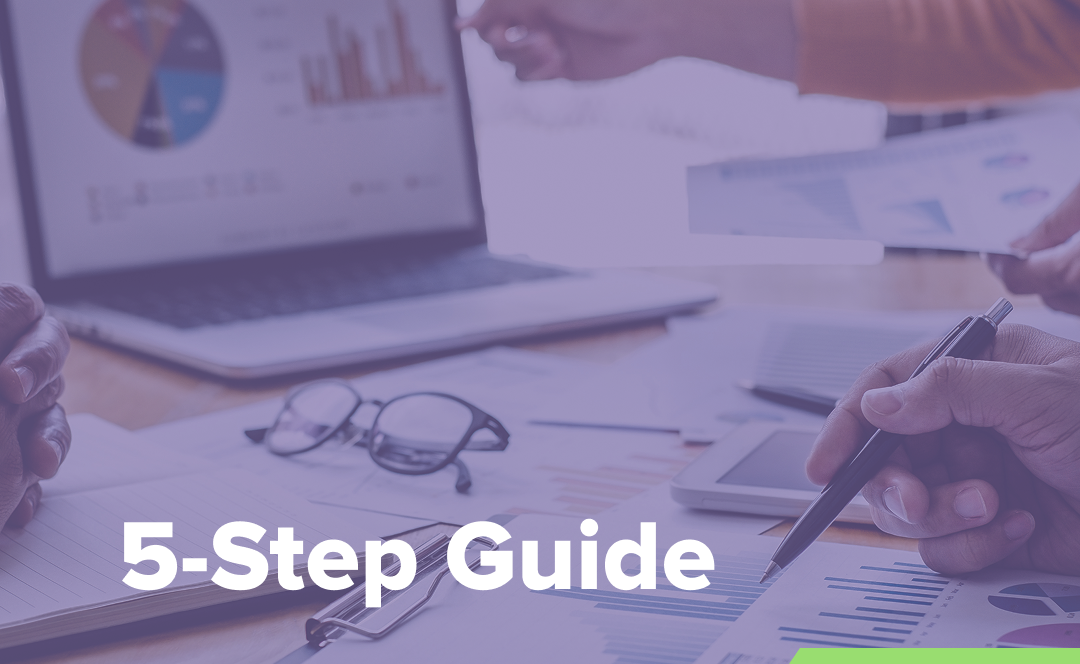Planning multiple meetings and events can feel like juggling a dozen spinning plates, keeping everything balanced requires strategy, precision, and the right tools. Whether you’re organizing conferences, corporate meetings, or large-scale gatherings, managing logistics efficiently is the key to success.
So, how do you streamline the process, avoid last-minute chaos, and ensure every meeting runs smoothly? Here’s a five-step guide to help you simplify meeting logistics and create a seamless experience for attendees, stakeholders, and your internal teams.
1. Use a Centralized Platform 💻
Imagine having one place where you can manage every detail; attendee registrations, venue bookings, schedules, and budgets. A centralized platform brings everything under one roof, making meeting and conference planning faster, easier, and more organized.
With the right platform, you can:
- Manage multiple meeting schedules with great overview
- Coordinate venues and accommodations effortlessly
- Track budgets and spending to stay within limits
- Ensure compliance with local and international regulations
- Handle attendee registrations with digital check-in options
- Prioritize safety with built-in duty of care measures
Having a single source of truth reduces miscommunication and keeps everyone on the same page, no more scattered spreadsheets or email chains!

2. Delegate Responsibilities to the Right Teams 🤵♀️🤵
Trying to control everything yourself? That’s a one-way ticket to burnout. Instead, empower local teams and function-specific coordinators to manage logistics more efficiently.
Here’s how to set your teams up for success:
- Role-based access ensures teams handle only what’s relevant to them
- Automated workflows guide teams through essential tasks
- Standardized templates create consistency across all meetings and events
- Vendor management tools make it easier to coordinate with partners
By giving teams the tools they need while keeping centralized oversight, you create a balance between control and flexibility, leading to smoother execution.
3. Keep Communication Crystal Clear 📢
With multiple meetings and events happening at once, miscommunication can be a major roadblock. A dedicated communication hub ensures that everyone stays informed and aligned.
What does that look like in action?
- Task dashboards to monitor progress
- Automated notifications to keep teams on schedule
- Document sharing for easy collaboration
- A unified platform for all related discussions
Good communication eliminates confusion, speeds up decision-making, and helps teams tackle issues before they become problems.

4. Standardize Meeting Planning for Consistency 🗓️
If you’re reinventing the wheel for every meeting, event or conference, you’re wasting time and effort. Instead, create standardized processes that make planning more efficient and scalable.
Here’s what you need:
- Customizable templates & checklists to streamline workflows
- Preferred vendor lists to maintain quality across events
- Budgeting tools to allocate resources effectively
- Compliance tracking to avoid legal headaches
- Risk management strategies to handle unexpected issues
Standardization doesn’t mean a one-size-fits-all approach, it means building flexible systems that help you execute events more efficiently, with fewer mistakes and surprises.
5. Track Performance & Continuously Improve 📊
The best meeting and event planners don’t just plan, they analyze, refine, and improve every step of the way.
Using meetings and events analytics, you can measure what worked (and what didn’t) so that each gathering is better than the last.
- Attendee feedback & engagement metrics to understand audience experience
- Budget tracking to optimize spending
- Vendor performance scores to choose the best partners
By continuously learning and optimizing, you can deliver better meetings, save money, and reduce logistical headaches over time.

In Summary
Managing meeting and event logistics at scale is about balancing structure with flexibility. A centralized system provides clarity, streamlining operations while empowering local teams to make informed decisions.
Clear communication is key; with multiple stakeholders and moving parts, real-time collaboration reduces misalignment and delays. Likewise, continuous learning drives improvement; each event offers insights that refine future planning, from attendee engagement to cost efficiency.
Ultimately, seamless logistics create better experiences. By combining technology, teamwork, and adaptability, organizations can execute efficiently while maximizing their impact.
You can read more about Strategic Meeting Management on our website.
Managing numerous meetings and conferences can be challenging with all the tasks involved. Learn how automation can help streamline processes, reduce costs, and improve efficiency. Download our whitepaper to discover how to optimize your meetings and events with data-driven solutions.

